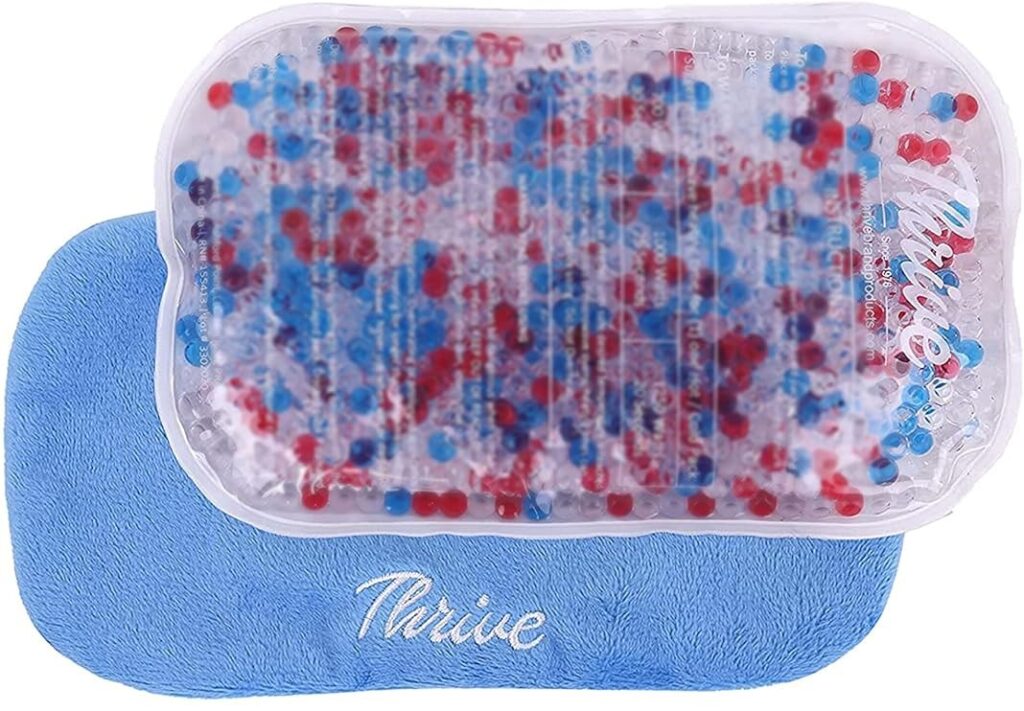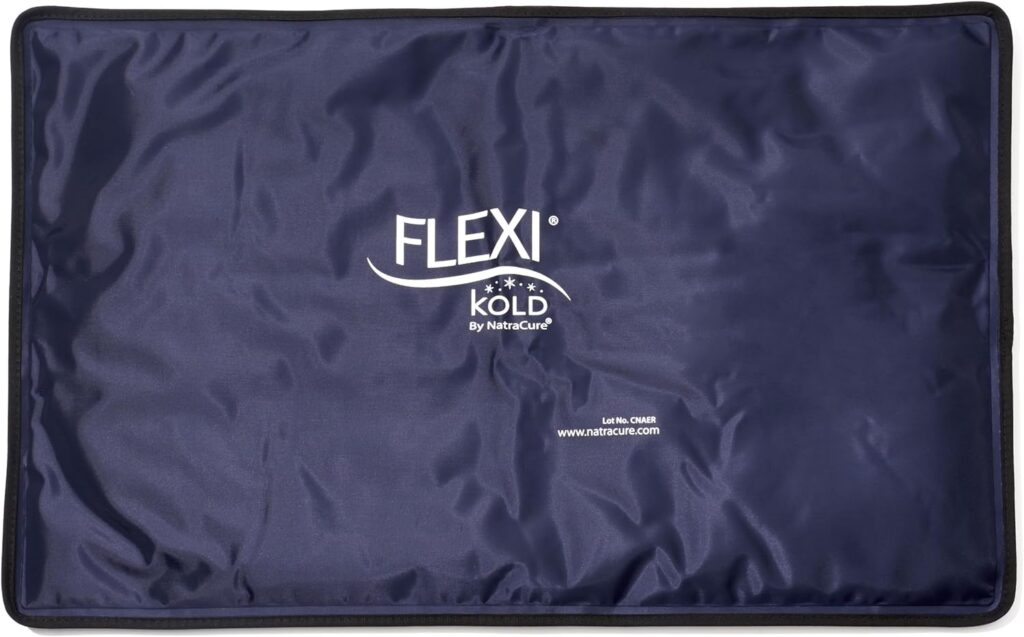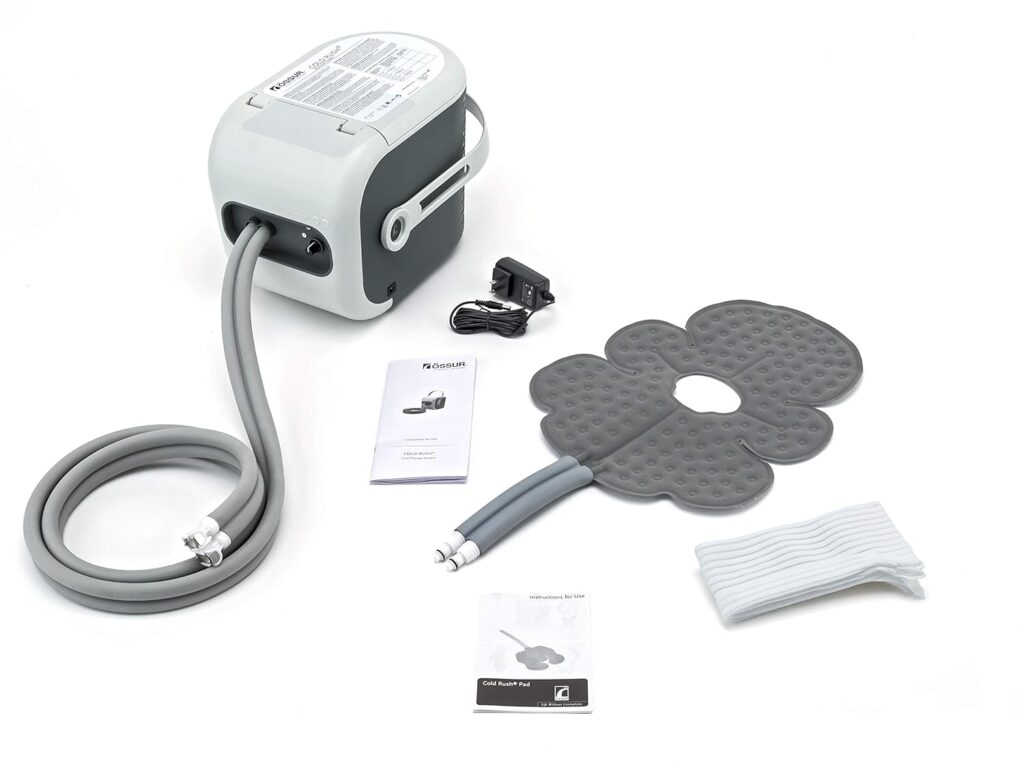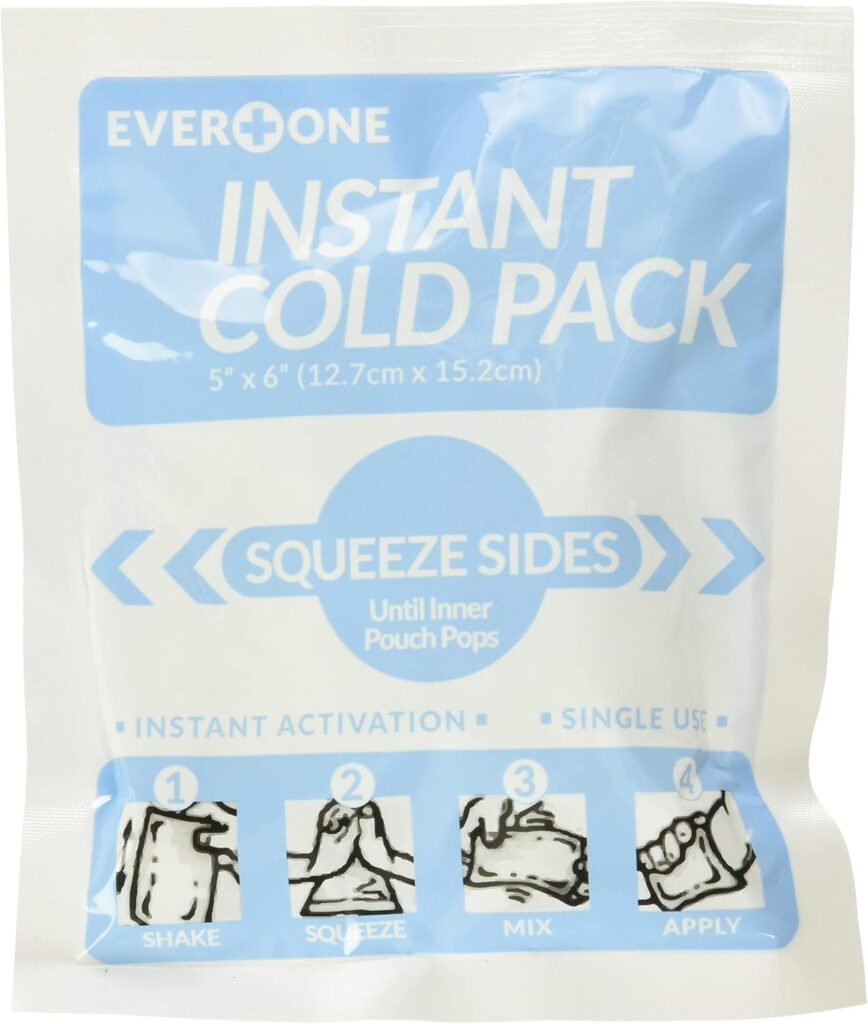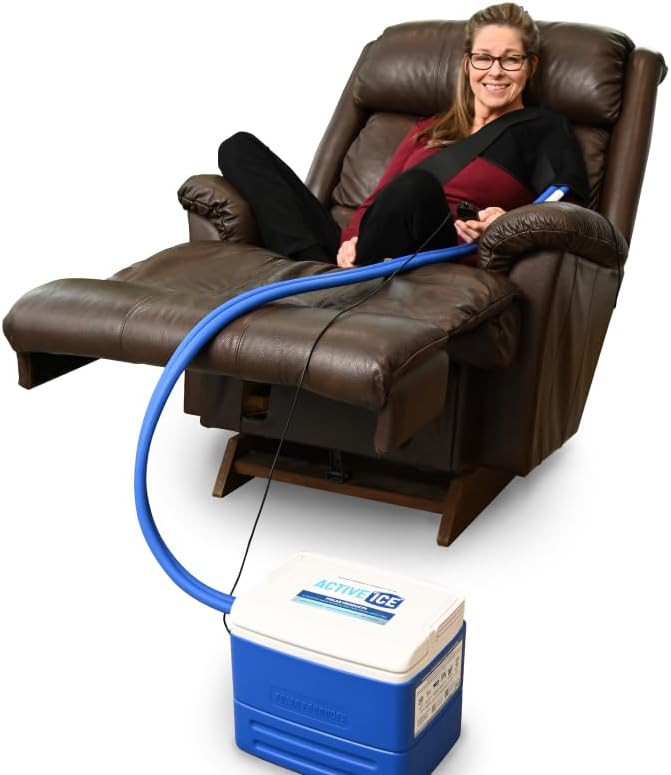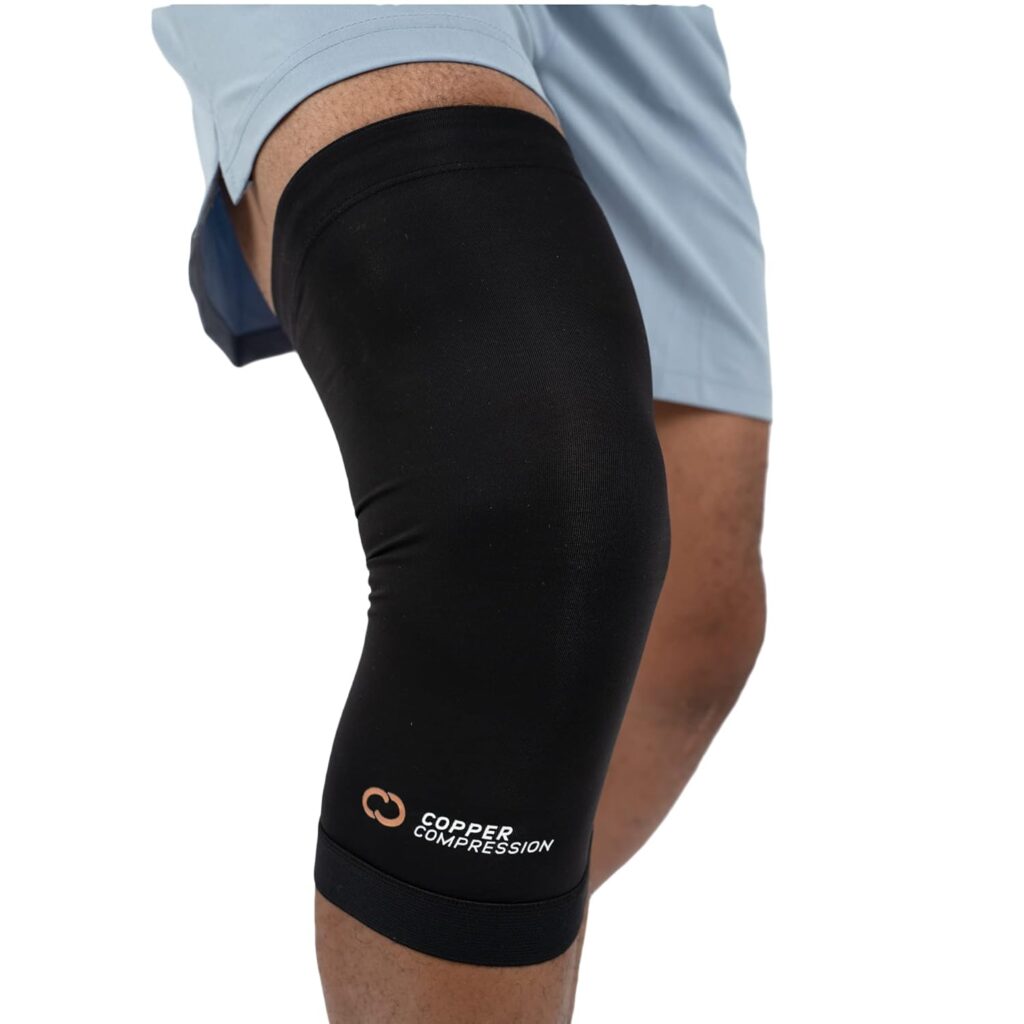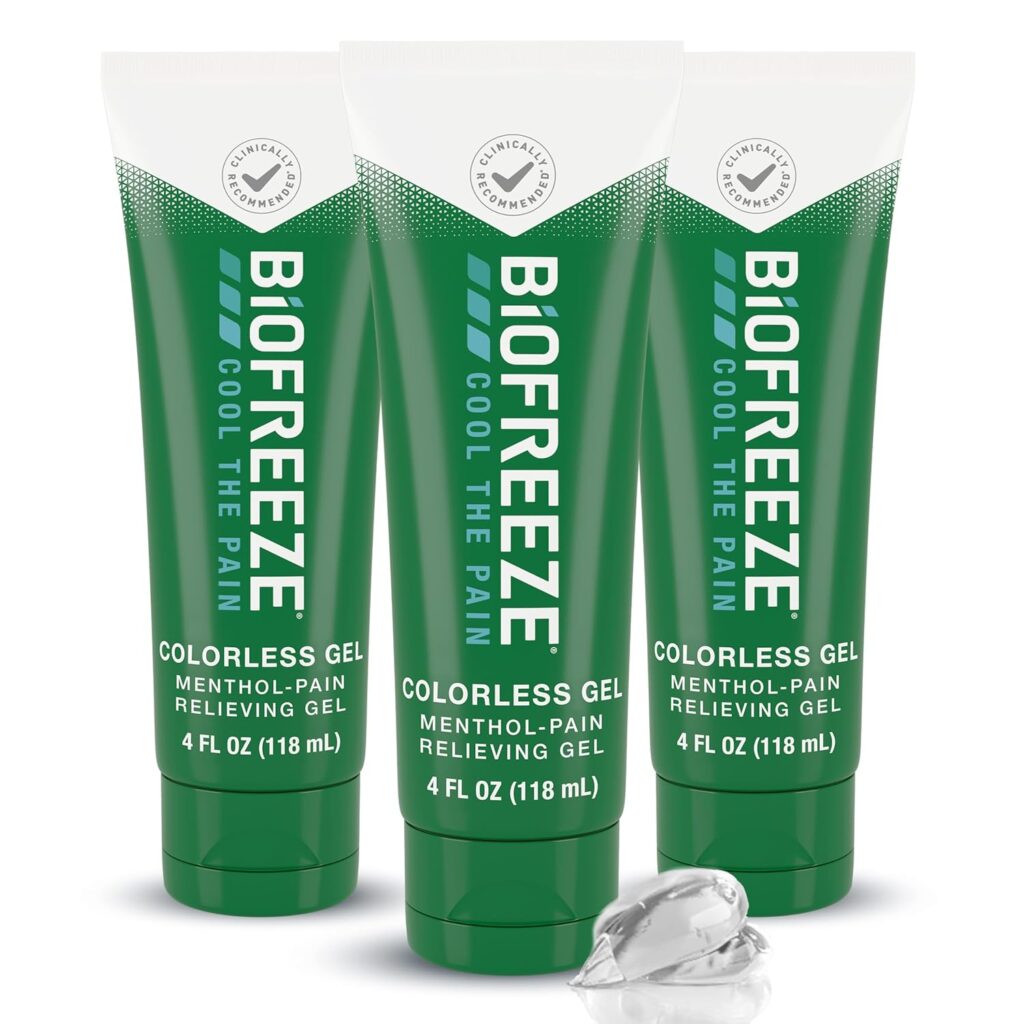Why Cold Therapy is Essential for Injury Recovery
Injury recovery can be a long and challenging process, but understanding the tools and methods available to you can significantly speed up your healing and improve your overall experience. One of the most essential methods you can incorporate is cold therapy. If you’re recovering from an injury or managing pain, cold therapy is a proven, non-invasive, and accessible way to reduce inflammation, ease pain, and support your body’s natural healing processes. Here’s why cold therapy is essential and how you can use it effectively.
What is Cold Therapy?
Cold therapy, or cryotherapy, involves applying cold to an injured area of the body. This could include ice packs, cold compresses, or specialized products like cold therapy machines. By lowering the temperature of the affected area, cold therapy helps slow down the metabolic rate of tissues, which reduces swelling, alleviates pain, and minimizes muscle spasms.
The Science Behind Cold Therapy
When you experience an injury, your body initiates an inflammatory response. While inflammation is a natural part of healing, excessive swelling can delay recovery and lead to further complications. Applying cold to the injury constricts blood vessels (a process called vasoconstriction), reducing blood flow to the area. This helps to limit swelling and prevent further damage to the tissues.
Cold therapy also numbs nerve endings, providing pain relief. It can decrease the sensation of discomfort without the need for medication, making it an excellent option for those who prefer non-pharmaceutical solutions.
Benefits of Cold Therapy in Injury Recovery
- Reduces Swelling and Inflammation Swelling is a common reaction to injury, but too much can slow down the healing process. Using cold therapy can help you control swelling effectively.
- Eases Pain Injuries can be incredibly painful, but cold therapy provides a natural way to numb the pain and reduce your reliance on painkillers.
- Speeds Up Recovery Cold therapy helps create an environment where your body can focus on repairing damaged tissues without the interference of excessive inflammation.
- Prevents Secondary Damage By reducing the metabolic activity of cells, cold therapy can prevent secondary tissue damage that often occurs after an injury.
How to Use Cold Therapy Correctly
To maximize the benefits of cold therapy, you need to use it properly. Here’s how:
Apply Cold Immediately After Injury As soon as you experience an injury, apply a cold pack or compress to the area. This is particularly important in the first 48 hours when inflammation peaks.
Limit Application Time Avoid keeping the cold on for too long. Stick to 15-20 minutes per session to prevent frostbite or skin damage. Wait at least 30 minutes between applications.
Use a Barrier Always place a cloth or towel between the cold source and your skin to avoid irritation or cold burns.
Elevate the Injured Area If possible, elevate the injured area while applying cold therapy. This further helps to reduce swelling by allowing fluid to drain away from the injury site.
Effective Cold Therapy Products
There are a variety of products you can use for cold therapy, depending on your injury and preferences. Below are some highly rated options available on Amazon that many people have found effective:
Reusable Gel Ice Packs Products like the Thrive Gel Ice Pack for Injuries are versatile, affordable, and easy to use. These packs can be stored in the freezer and applied directly to the injury with a protective layer.
Cold Therapy Wraps If you need targeted cold therapy for a specific body part, consider the FlexiKold Gel Ice Pack Wrap. This product is designed for joint injuries, making it perfect for knees, shoulders, or elbows.
Cold Therapy Machines For those recovering from surgery or severe injuries, a cold therapy machine like the Ossur Cold Rush Therapy System can provide continuous cooling. These machines circulate cold water through a pad that wraps around the injury, offering extended relief.
Instant Ice Packs If you’re on the go and need immediate cold therapy, the EverOne Instant Cold Pack is a great option. These single-use packs are activated by squeezing them and don’t require refrigeration.
Compression and Cold Therapy Combining cold therapy with compression can enhance its benefits. The Polar Active Ice 3.0 Cold Therapy Machine offers a dual-action approach to pain relief and recovery.
Common Injuries Treated with Cold Therapy
Cold therapy is versatile and can be used for various injuries and conditions, including:
- Sprains and Strains Cold therapy helps reduce swelling and pain in the ligaments and muscles.
- Post-Surgical Recovery After surgeries like ACL repairs or joint replacements, cold therapy is commonly recommended to manage pain and inflammation.
- Sports Injuries From bruises to overuse injuries, athletes often rely on cold therapy to recover faster and get back to their activities.
- Arthritis Pain For those with chronic conditions like arthritis, cold therapy can be used to manage pain during flare-ups.
- Tendinitis Conditions like tennis elbow or Achilles tendinitis respond well to cold therapy, which reduces inflammation around tendons.
When to Avoid Cold Therapy
While cold therapy is highly effective, it’s not suitable for everyone or every situation. Avoid using cold therapy if:
- You have poor circulation or vascular diseases.
- You’re dealing with nerve damage or sensitivity issues.
- You’re treating an open wound.
If you’re unsure whether cold therapy is appropriate for your condition, consult a healthcare professional.
Enhancing Cold Therapy with Additional Recovery Techniques
While cold therapy is a cornerstone of injury recovery, you can further support your healing by combining it with other methods:
Compression Therapy Products like the Copper Compression Knee Sleeve combine cold therapy with compression, enhancing the reduction of swelling.
Elevated Rest Resting the injured area and keeping it elevated above heart level can complement cold therapy by reducing fluid buildup.
Physical Therapy Once the acute phase of your injury has passed, a physical therapist can help you regain strength and mobility.
Pain Relief Creams While cold therapy addresses inflammation and pain, adding a topical cream like Biofreeze Pain Relief Gel can provide additional relief.
Incorporating Cold Therapy into Your Routine
Consistency is key when it comes to cold therapy. Make it a regular part of your recovery routine by setting aside time each day for application. Whether it’s a quick session with an ice pack or a more extended treatment with a cold therapy machine, sticking to a schedule will ensure you experience the full benefits.
Conclusion
Cold therapy is an essential tool for anyone dealing with injuries, pain, or post-surgical recovery. It offers a safe, effective, and affordable way to reduce inflammation, ease pain, and promote healing. With a wide range of products available, from reusable gel packs to advanced cold therapy machines, you can find the right option to fit your needs and budget.
By incorporating cold therapy into your recovery routine and using it consistently and correctly, you can speed up your healing process and get back to doing what you love sooner. Whether you’re an athlete, a weekend warrior, or just someone looking to recover from a sprain or strain, cold therapy is a must-have in your injury management arsenal.
